
Sam Carter, Blogger for Profit Runner
Last updated: 10th June 2024
Ahh, the million-dollar question! Or maybe it should be the £9.56 question? Who knows? Certainly not you - until you have completed some research and basic mathematics.
So, what do you need to know to calculate prices for Amazon sales? (Before you begin scribbling sums like Einstein on speed and wishing you paid more attention in school.)

To calculate prices for the Amazon marketplace, you need to understand the direct and indirect costs of each sale - just like any other business.
Armed with these numbers, you can calculate prices for Amazon sales in no time.
It all sounds simple enough, but there are three topics you need to master to calculate prices for Amazon sales accurately. They include:
1. How to calculate costs for Amazon sales
2. How to calculate profit for Amazon sales
3. How to calculate your return on investment for Amazon sales
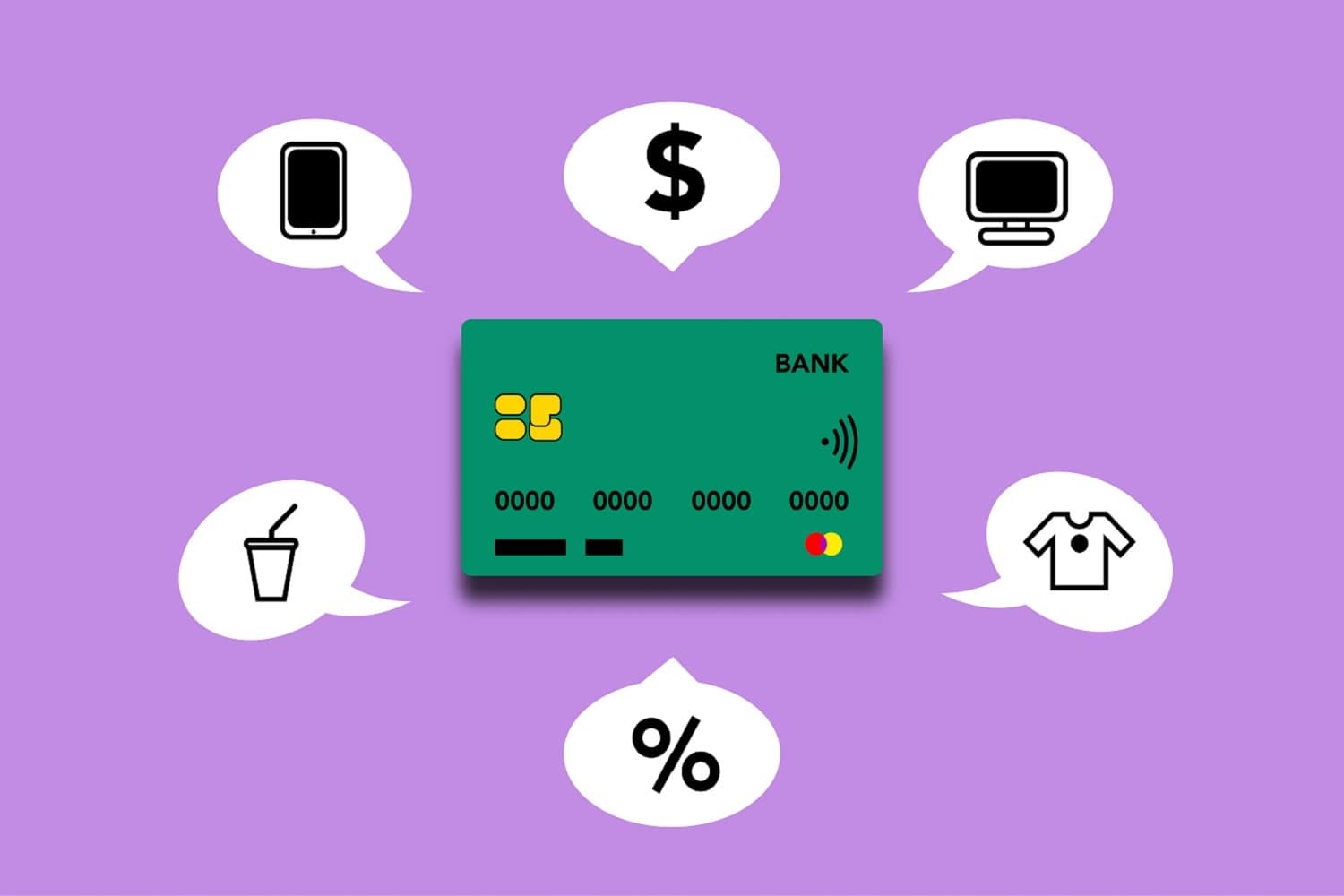
Understanding the costs associated with your sales is an overwhelming task for any Amazon seller. But with insight and practice, you can calculate your overheads effectively to ensure every sale remains profitable.
You may have paid £0.99 for a fabulous jumbo pack of dishcloths, but was it the only cost you incurred whilst hunting for a profit?
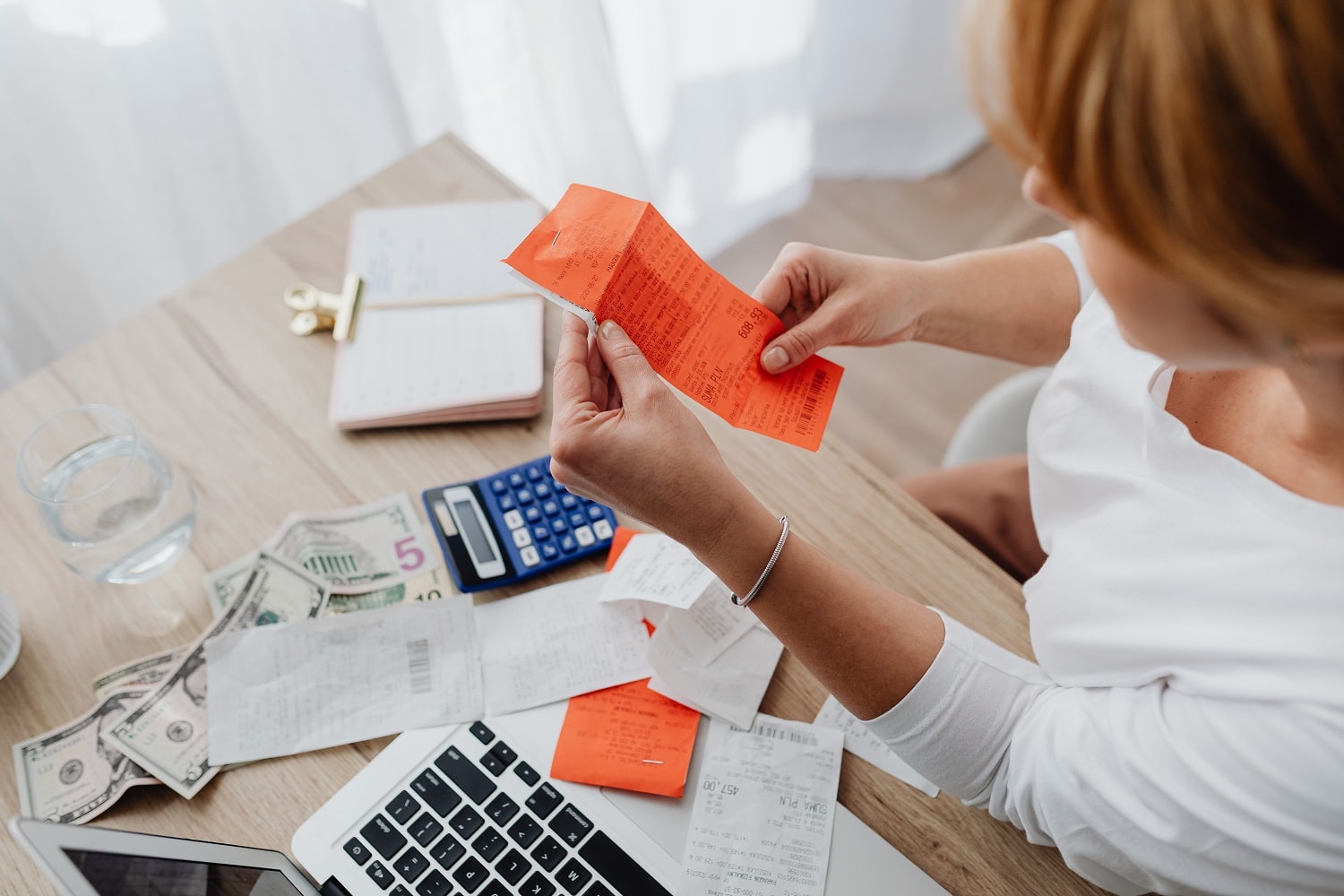
Understanding cost is an easily overlooked yet critical element many new Amazon sellers gloss over in their enthusiasm to start selling. But getting it right can make the difference between making a mint or nothing but a loss.
Consider the following sourcing costs:
You will also need to track all of your expenses related to the packaging and shipping of your item.
Consider the following packaging costs:
These may seem like incidentally small costs, but if you are building a genuinely profitable business, you will need to understand the impact of every overhead.
Once you have calculated all associated costs related to sourcing and shipping your item, it is time to consider how the size and weight of your product will impact your bottom line.
The size of your package does matter. No jokes.
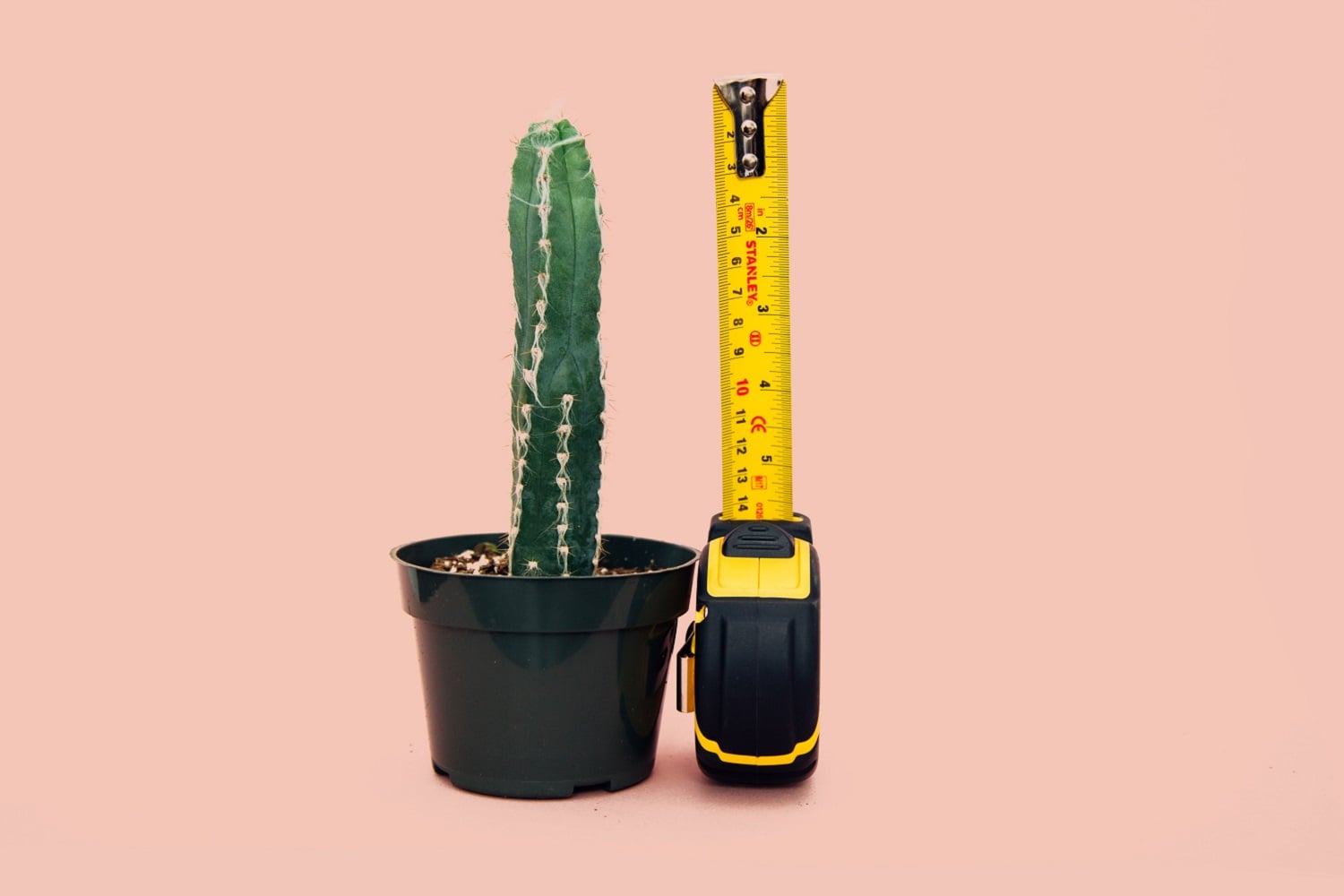
Product dimensions are critical for any retailer, particularly for Amazon sellers.
It is no good finding a low-priced item only to discover it weighs more than your house - the cost of shipping alone will blow your profit margin out of the water. Similarly, the cost of storage for oversized products can be eye-watering.
No matter which fulfillment method you choose, product dimensions will have a direct impact on your costs.
For FBA sellers: Your Amazon storage and fulfillment fees will hinge upon the dimensions and weight of your item.
For FBM sellers: You will not pay Amazon fulfillment fees - instead, you will incur shipping and (or) warehouse fees in line with your product dimensions and weight.
Now we know how product dimensions impact the profitability of your Amazon sales, it's time to consider how Amazon deducts fees from your sales.
Before we explain how referral fee categories on Amazon work, let us bust through some of the jargon.
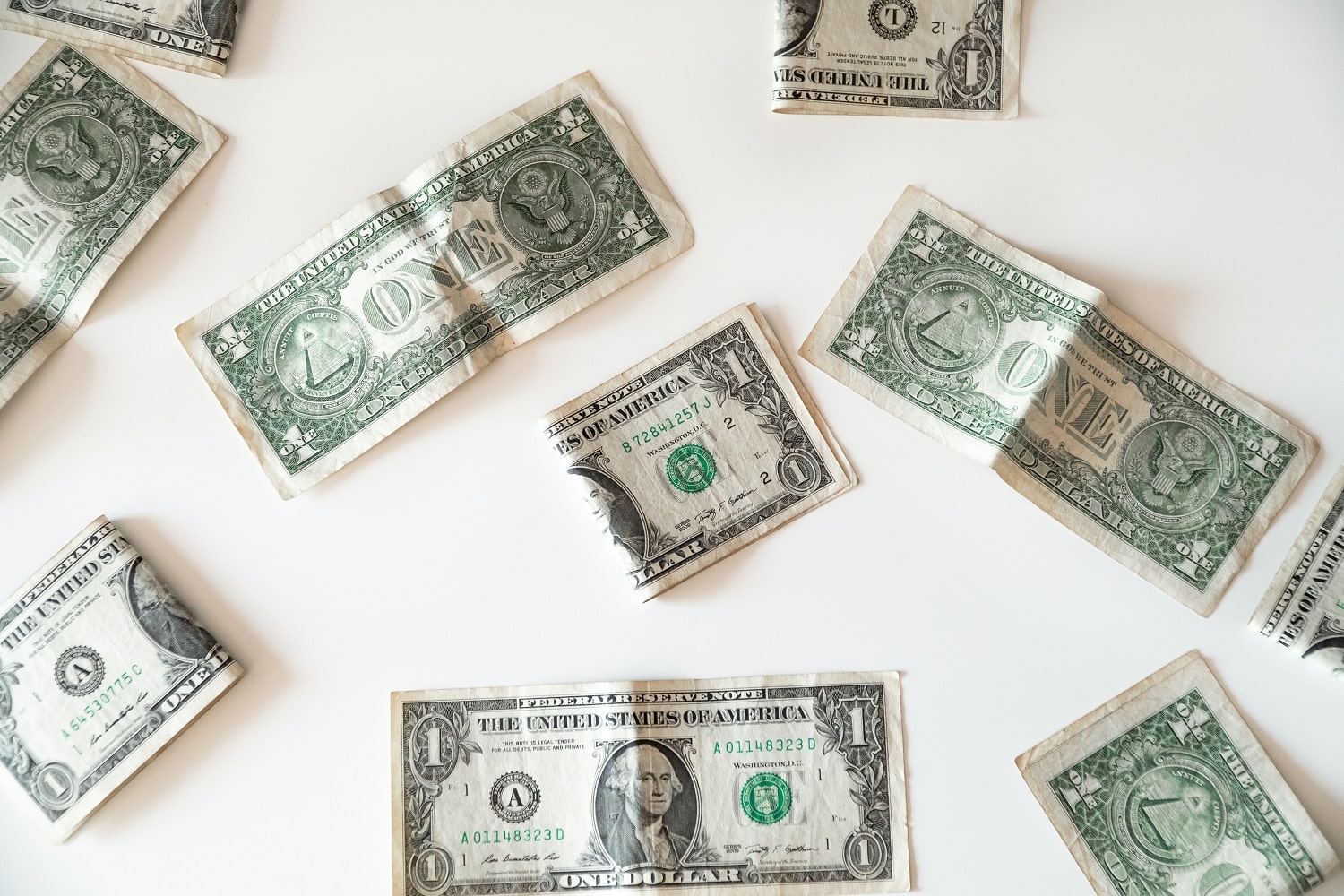
ASIN stands for Amazon Standard Identification Number and refers to a ten-digit code used by Amazon for product identification.
You can find the ASIN on the item's 'Product Information' tab on the Amazon website. You will find it underneath the heading 'Additional Information'.
Don't forget: Be sure to visit the Amazon seller help pages outlining the ASIN creation policy information..
Now you know what an ASIN is, you can work out which category your ASIN belongs to.
To find the product category an existing ASIN belongs to, you can:
Pro seller tip: Adding the ASIN to your inventory will highlight the product category and flag potential brand restrictions or account limitations. But remember, you will need to delete the ASINs you do not intend to stock!
Now you know the product category to which your product belongs, you can read the referral fee schedule to discover the applicable referral fee.
An Amazon referral fee is a fee applied to each item sold on the Amazon marketplace. Referral fees are a percentage (usually between 8% and 15%) of the total sale price.
The amount Amazon charges for referral fees varies depending upon the category to which your ASIN belongs.
Here is what Amazon says about referral fees:
"Selling partners pay a referral fee on each item sold. For all products, Amazon deducts the applicable referral fee percentage calculated on the total sales price. The total sales price is the total amount paid by the buyer, including the item price and any delivery or gift wrapping charges."
www.amazon.co.uk , March 2024
Learn more: Visit the Amazon pricing pages to view the Referral Fee Schedule.
Hopefully, you now have enough information to help you understand Amazon referral fees. Next, you will need to understand how fulfillment fees impact your bottom line.
There are many different fulfillment methods and programmes used by Amazon, each with a separate fee structure. The amount of Amazon fulfillment fees applied to your sales depends upon which fulfillment method or programme you choose.
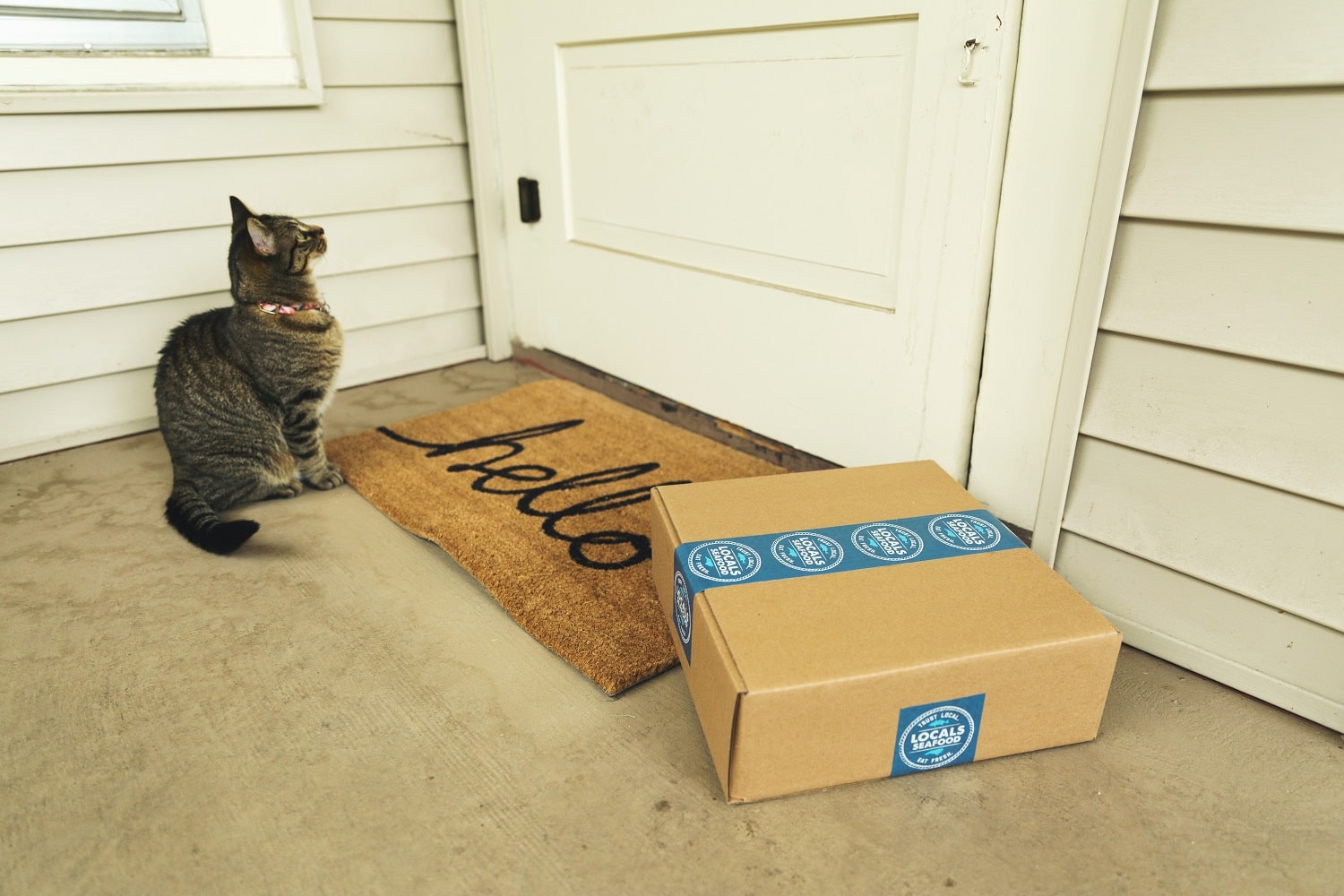
Consider the following:
Choosing the appropriate fulfillment strategy for your business can help you to maximise the profit of your Amazon sales.
Read more: If you need to know more about Amazon fulfillment, visit the Amazon website and learn more about Fulifillment By Amazon (FBA).
Insider info: Read this fascinating blog by Amazon which gives you an insight into Amazon's fulfillment centres.
Amazon fees are subject to change, so if you want to remain profitable, it pays to keep a close eye on any upcoming fee changes.
To discover how much Amazon charges in fulfillment fees, head to the Amazon website to view the latest pricing and fulfillment fee information.
Amazon Seller Central also has a Fulfillment by Amazon Revenue Calculator that will analyse your ASIN and outline all your FBA costs for you.
Now you have all the information you need to calculate your direct and indirect costs for your Amazon sales. So, how do you calculate profit from Amazon sales? Good question.

To calculate profit from an Amazon sale, deduct all fees and overheads from your final sale price. Deduction from your sale price is the only way to reliably calculate profit because Amazon calculates fees as a percentage of your sale price.
Complete the following:
1. Your Amazon sale price = £
2. Minus your FBA fulfillment fee (FBM sellers can skip this step) = £
3. Minus your referral fee = £
4. Minus your overheads = £
5. Minus your original purchase price = £
After deducting all direct and indirect costs from your Amazon sale price, the amount left over is the profit generated from a sale on Amazon.
Once you have calculated your profit, you can calculate your percentage return on investment.
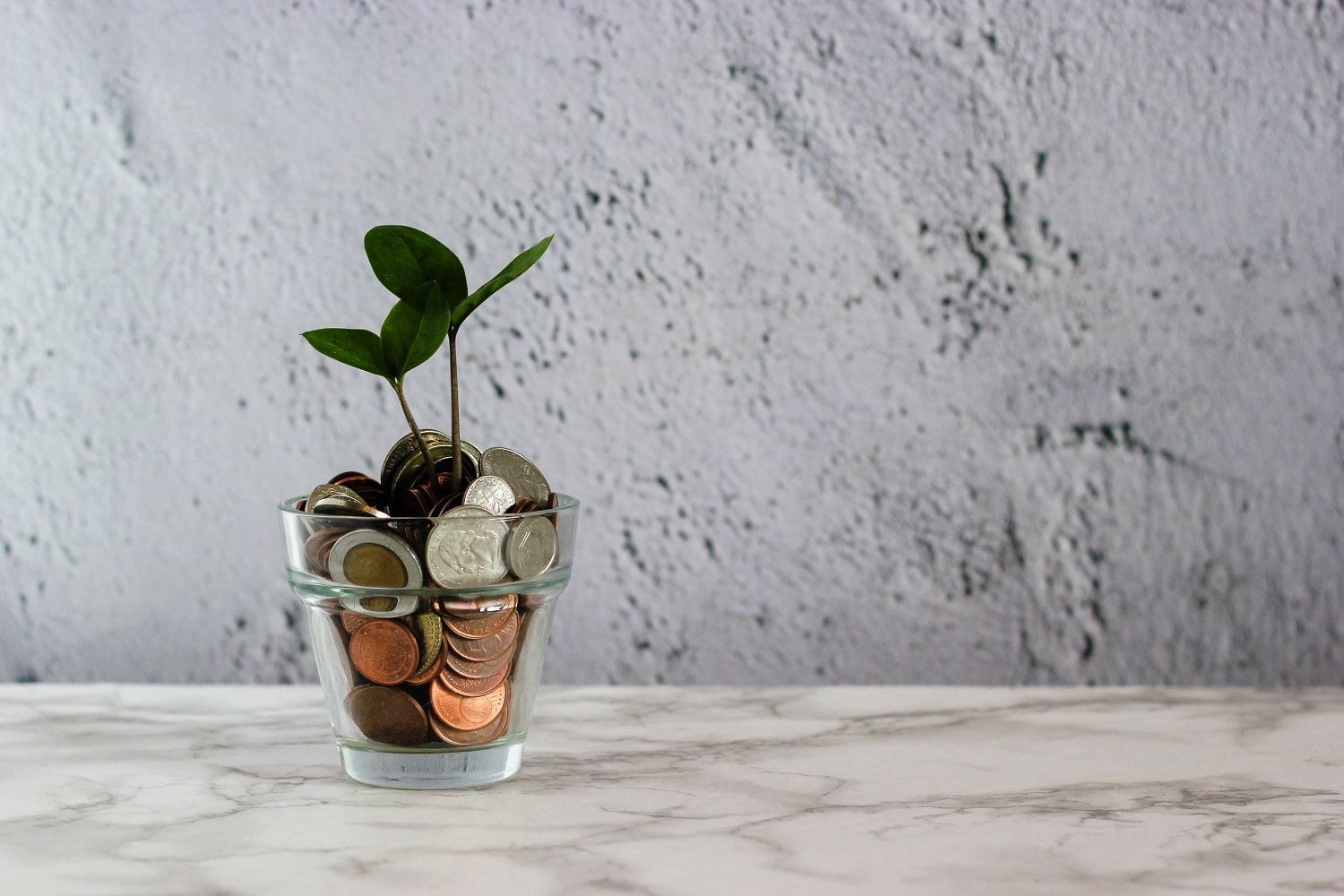
Here is how calculate your percentage return on investment (ROI) for Amazon sales:
Fill in the following:
1. Your profit in £ =
2. Divided by your purchase price =
3. Multiplied by 100 = % return on investment
If you want to increase or decrease your percentage return on investment, you must adjust your profit accordingly and complete this calculation again.
If you want to calculate your Amazon selling prices to achieve an exact return on investment, you might consider using some software to help you.

Thankfully, some tools can calculate prices for Amazon sales. Profit Runner is one of them - designed to help Amazon sellers calculate pricing for Amazon sales.
The software allows you to compare your purchase price with the current selling price of any item on the Amazon marketplace, calculating your profitability in seconds. You can factor in your packaging and shipping costs, choose your fulfillment method and compare your offer to the competition.
Want to give it a go? Profit Runner features a free tool – you won't need to create an account, enter your email address, or hand over credit card details.
Hopefully, this blog has helped you understand how to calculate prices for Amazon sales in your own Amazon business. Good luck and happy selling!